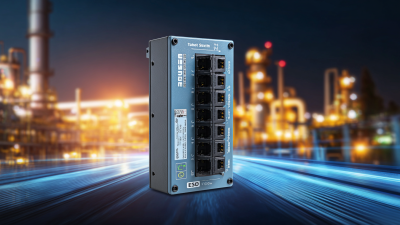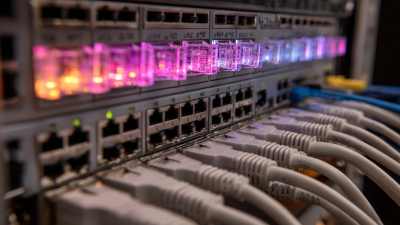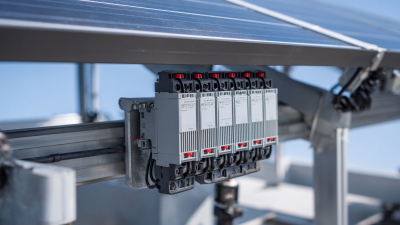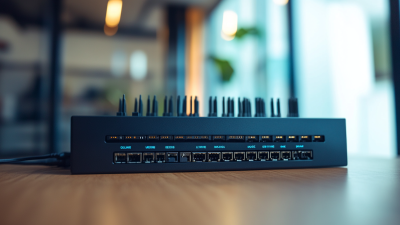
- hasivo@hasivo.com
- Mon - Sat at 7:00AM to 9:00PM
Leave Your Message

As industries evolve towards automation and smart technologies, the role of connectivity infrastructure has never been more critical. Industrial Managed POE Switches are at the forefront of this transformation, enabling robust network communication in smart factories. According to a report by MarketsandMarkets, the global industrial ethernet switch market is projected to grow from USD 1.3 billion in 2020 to USD 3.0 billion by 2025, highlighting the increasing demand for advanced networking solutions. The integration of Power over Ethernet (PoE) technology allows industrial managed switches to deliver both data and power, streamlining installations and enhancing operational efficiency. As manufacturers seek to optimize their processes through IoT applications, the necessity for reliable connectivity solutions like Industrial Managed POE Switches becomes paramount, ensuring seamless data flow between devices and systems in the increasingly interconnected landscape of smart factories.
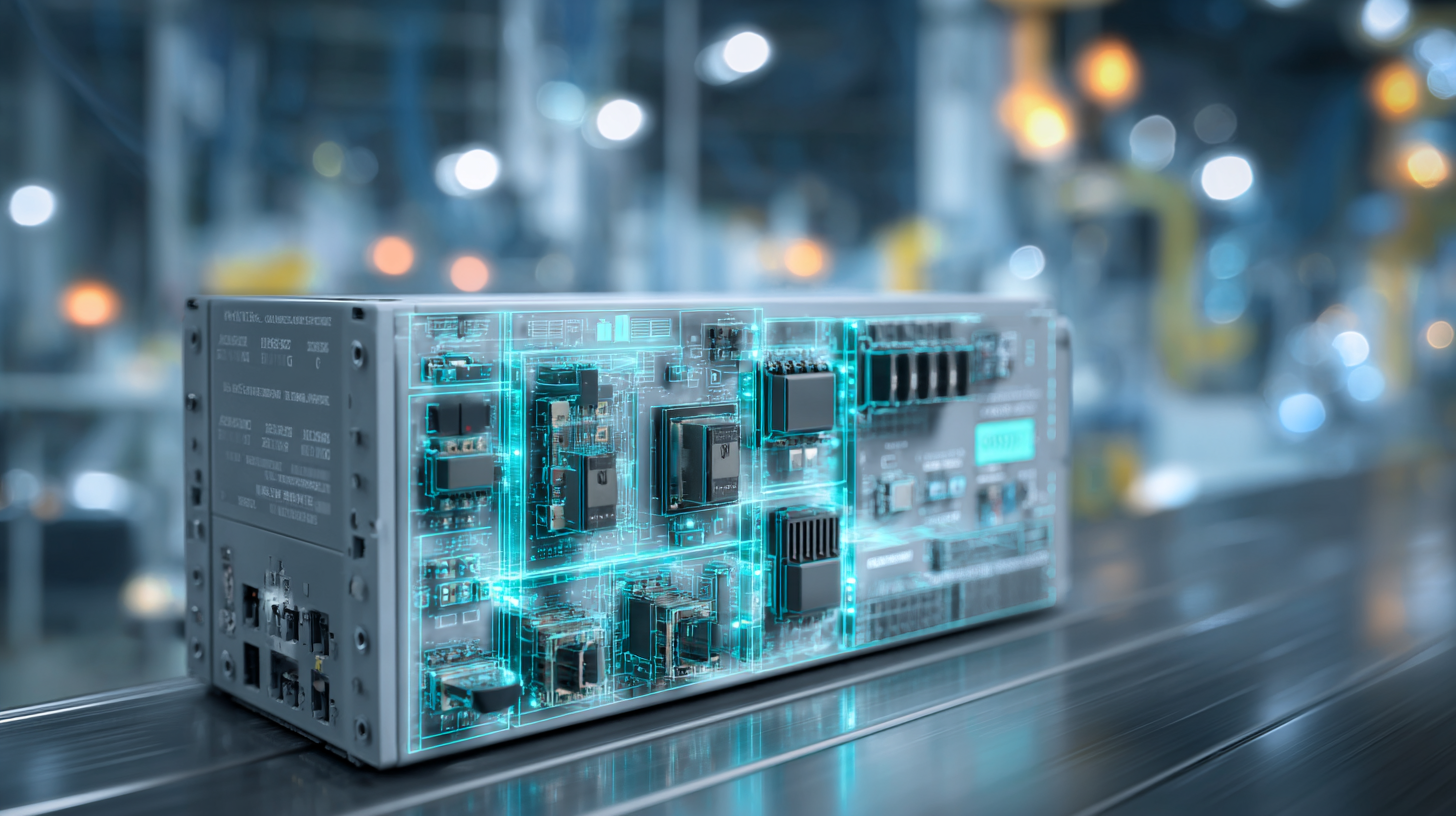
In the rapidly evolving landscape of smart factories, Managed PoE (Power over Ethernet) switches have emerged as vital components in enhancing connectivity and operational efficiency. These switches not only provide power and data transmission over a single cable but also offer advanced features such as network monitoring, remote management, and VLAN support. By enabling seamless integration of IoT devices, they facilitate real-time data collection and analysis, which is crucial for optimizing production processes and improving decision-making.
**Tips: To maximize the benefits of Managed PoE Switches, consider investing in switches that support scalability. This ensures your network can grow alongside your operational demands without requiring a complete overhaul. Additionally, prioritize switches with robust security features to protect your network from potential vulnerabilities.**
Furthermore, the versatility of Managed PoE switches allows manufacturers to simplify their infrastructure while reducing operational costs. By minimizing the number of cables needed, they not only streamline installations but also enhance flexibility in layout adjustments. This adaptability is beneficial in dynamic manufacturing environments where processes frequently evolve, allowing for efficient reconfiguration of network setups.
**Tips: Regularly update your switch firmware to benefit from the latest features and security updates. Keeping your equipment up-to-date is essential in preserving the integrity and performance of your manufacturing network.**
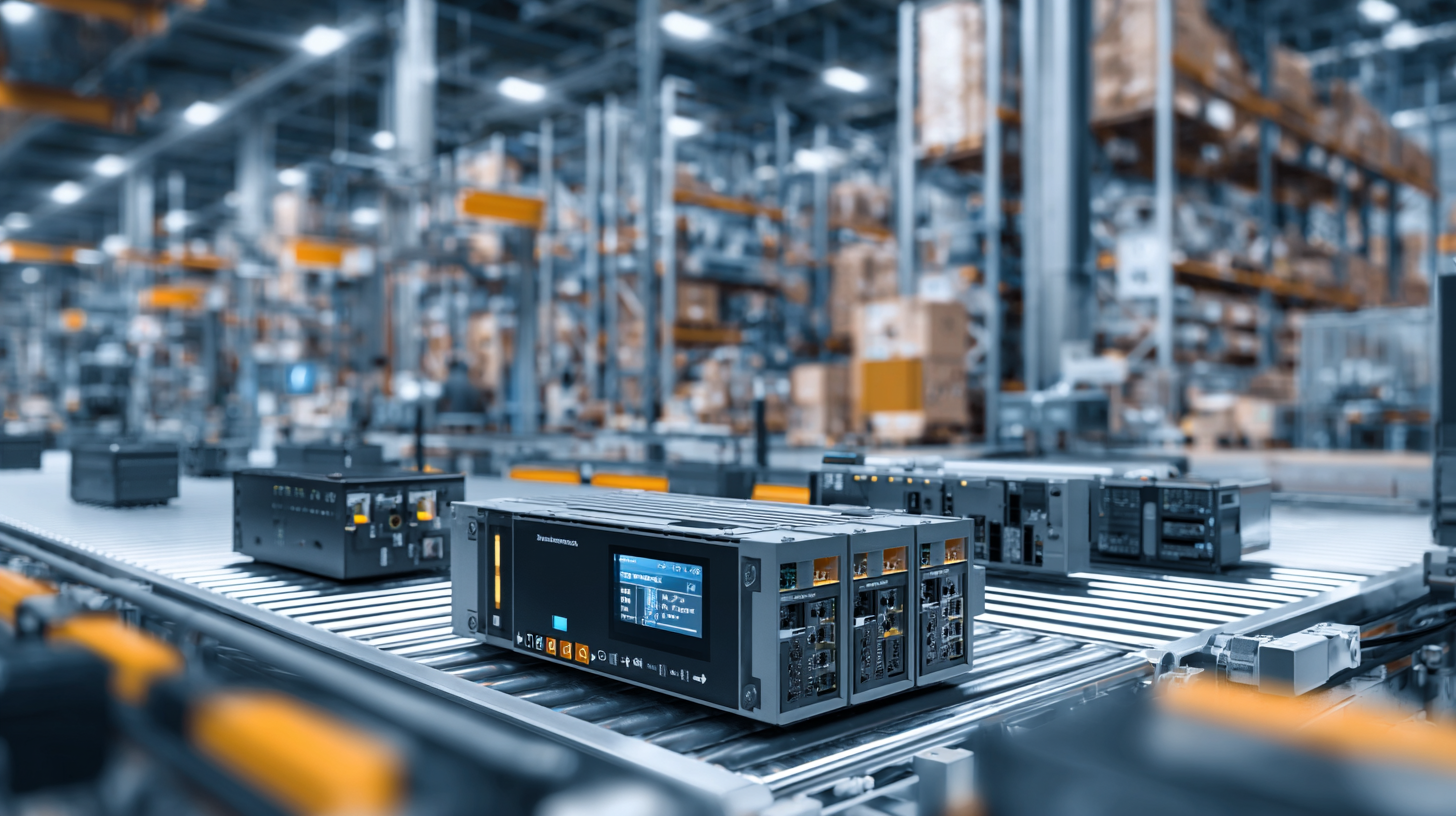 The integration of managed Power over Ethernet (PoE) switches into existing industrial networks is pivotal for modern smart factories. These switches provide a streamlined solution for powering and connecting multiple devices, such as cameras, sensors, and wireless access points, through a single cable. This not only reduces installation complexity but also minimizes the need for additional electrical wiring, which can be a significant cost and time saver.
The integration of managed Power over Ethernet (PoE) switches into existing industrial networks is pivotal for modern smart factories. These switches provide a streamlined solution for powering and connecting multiple devices, such as cameras, sensors, and wireless access points, through a single cable. This not only reduces installation complexity but also minimizes the need for additional electrical wiring, which can be a significant cost and time saver.
As factories increasingly adopt IoT devices for better data collection and automation, the role of managed PoE switches becomes more pronounced, enabling seamless communication across the network.
Moreover, managed PoE switches offer enhanced control over network traffic, allowing for better monitoring and management of connected devices. This capability is crucial in an industrial setting where reliability and real-time performance are necessary. Operators can prioritize traffic and allocate bandwidth efficiently, ensuring that critical applications run smoothly even during peak usage periods.
By leveraging these advanced features, manufacturers can improve operational efficiency and maintain a competitive edge in an ever-evolving technological landscape. The strategic integration of managed PoE switches ultimately empowers factories to fully embrace the potential of Industry 4.0, driving innovation and enhancing productivity.
As smart factories continue to revolutionize industrial operations, the role of Managed Power over Ethernet (PoE) solutions becomes increasingly critical. These advanced networking devices not only provide power but also enhance connectivity and management capabilities across various systems, leading to optimized factory performance. With the rise of intricate automation processes and the integration of IoT, effective management solutions are essential for ensuring seamless communication and operational efficiency.
**Tip:** When considering the integration of Managed PoE switches, evaluate your factory's specific power and data requirements. This ensures that you select the right switch that not only meets your current needs but is also scalable for future expansion.
Moreover, as industries face increasing demands for sustainability, Managed PoE switches facilitate the development of energy-efficient networks. By utilizing PoE technology, factories can reduce their reliance on traditional power sources and streamline operations, effectively responding to the growing emphasis on environmental responsibility in manufacturing.
**Tip:** Implementing a phased approach to upgrading your network infrastructure can help minimize downtime. Start by prioritizing critical areas that require immediate enhancement and gradually expand the deployment of Managed PoE solutions across your factory.
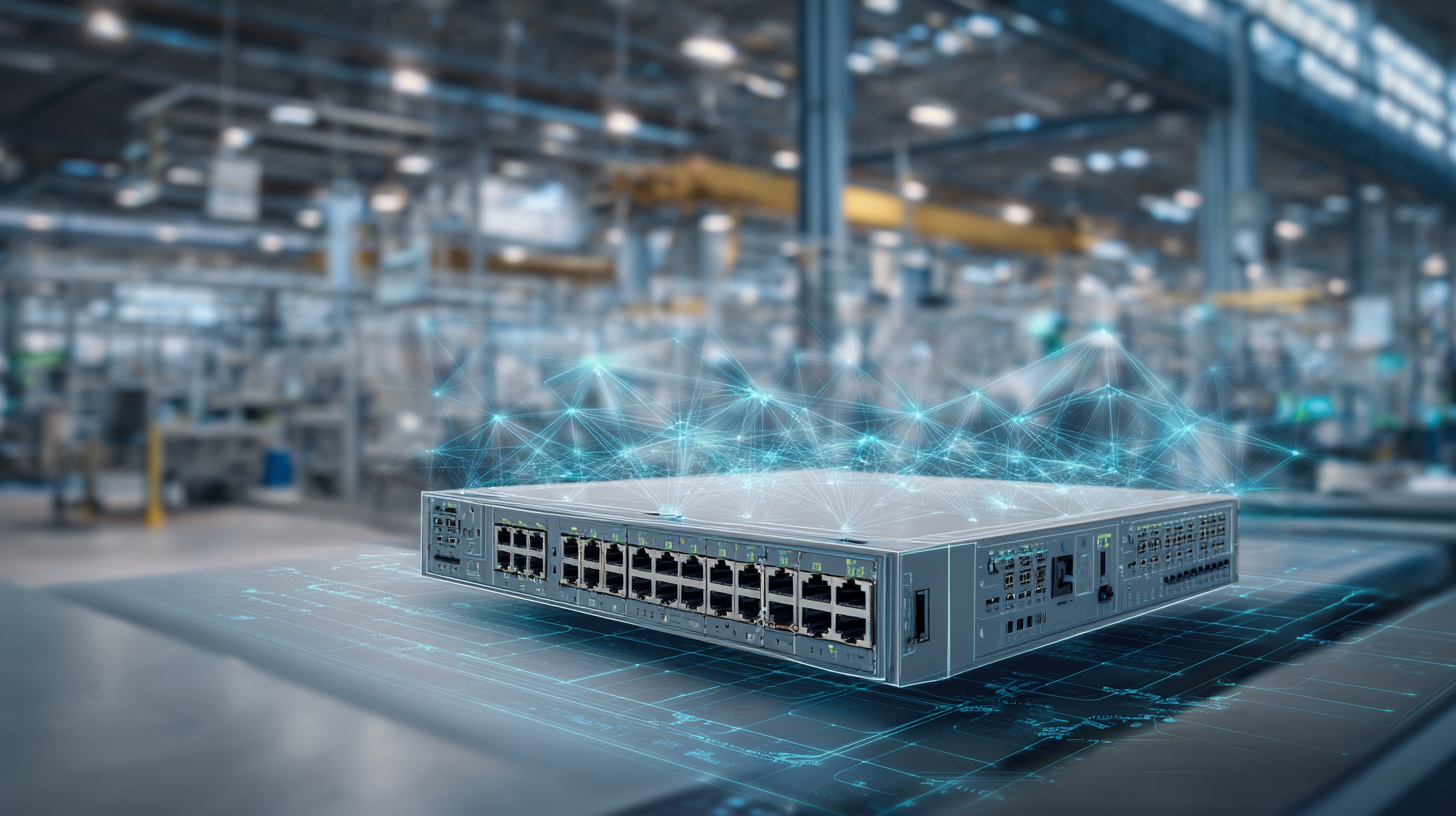
As industries evolve, the demand for more efficient and reliable networking solutions continues to grow. Power over Ethernet (PoE) technology is at the forefront of this transformation, particularly in smart factories, where it enables seamless connectivity between devices. The future of PoE technology promises to enhance industrial communication by supporting higher power levels and enabling more sophisticated devices to be connected. This advancement is crucial for the integration of IoT devices and automation systems that require both power and data transmission over a single cable.
Emerging trends in PoE technology are set to revolutionize how smart factories operate. With the introduction of PoE++ and PoE+ standards, the capacity for powering devices like surveillance cameras, wireless access points, and sensors has significantly increased. This improvement not only simplifies installations by reducing the need for additional power sources but also enhances the flexibility of layouts in manufacturing facilities. Furthermore, advancements in managed PoE switches allow for better traffic management and monitoring of connected devices, ensuring optimized performance and reduced downtime. As connectivity continues to transform the industrial landscape, PoE technology stands as a key enabler for smarter, more efficient production environments.
Managed PoE (Power over Ethernet) switches are crucial for the seamless operation of smart factories, but they can present various challenges that need to be addressed to ensure optimal functioning. Common issues include network congestion, device compatibility, and PoE power allocation. Network congestion can occur due to improper traffic flow management, leading to delays and interruptions in industrial applications. To troubleshoot this, network administrators should analyze traffic patterns and implement quality of service (QoS) settings to prioritize critical data streams.
Another frequent issue is device compatibility, where legacy equipment may not be designed to work with modern managed PoE switches. It is essential to assess the specifications of connected devices and, if necessary, invest in adapters or updated hardware to maintain network integrity. Additionally, PoE power allocation problems can arise if the total power consumption exceeds the switch's capacity. Monitoring power usage through the switch's management interface can help identify devices drawing excessive power and allow adjustments to be made, ensuring that critical devices remain powered while optimizing overall performance in the industrial setting.
| Issue | Description | Potential Solutions | Preventive Measures |
|---|---|---|---|
| Power Overload | Excess power draw from connected devices can cause switches to fail. | Monitor power usage, redistribute load, or upgrade the switch capacity. | Conduct regular power audits and ensure devices are within specifications. |
| Network Latency | Delays in data transmission affecting operational efficiency. | Check network cables, reduce network hops, and limit broadcast traffic. | Regularly test network speed and optimize configuration settings. |
| Device Compatibility | Incompatibility issues between different networked devices. | Ensure firmware is updated, and check compatibility with manufacturer specifications. | Create a compatibility list for all devices before installation. |
| Firmware Bugs | Software errors that can lead to switch malfunctions. | Contact support for patches or roll back to a stable firmware version. | Stay informed about firmware updates and apply them regularly. |
| Overheating | Switches can fail due to excessive heat buildup. | Improve ventilation, relocate switches to cooler areas, or use cooling systems. | Monitor temperature regularly and schedule maintenance checks. |
